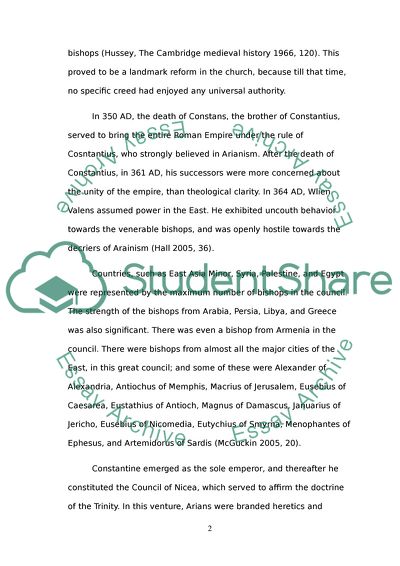Cite this document
(“Christology of the Later Fathers Research Paper”, n.d.)
Christology of the Later Fathers Research Paper. Retrieved from https://studentshare.org/law/1729102-the-council-of-nicea
Christology of the Later Fathers Research Paper. Retrieved from https://studentshare.org/law/1729102-the-council-of-nicea
(Christology of the Later Fathers Research Paper)
Christology of the Later Fathers Research Paper. https://studentshare.org/law/1729102-the-council-of-nicea.
Christology of the Later Fathers Research Paper. https://studentshare.org/law/1729102-the-council-of-nicea.
“Christology of the Later Fathers Research Paper”, n.d. https://studentshare.org/law/1729102-the-council-of-nicea.


